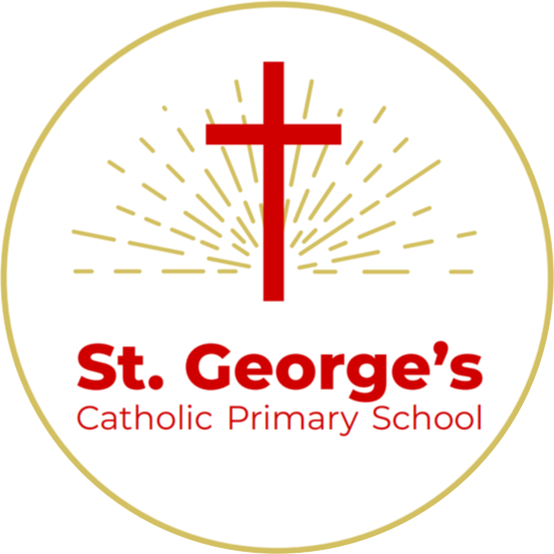Digital Apostles
At school, we have learnt about the life of Blessed Carlo Acutis. He will likely become the first millennial Saint and is a candidate to become the Patron Saint of Computer Science. Pope Francis referred to Carlo as a model of holiness in a digital age. Carlo spent his young life using his talents with technology to document Eucharistic miracles and helped those most disadvantaged in our society, the poor and homeless, by giving out food and sleeping bags.
Carlo’s life will help to teach young people today how to properly use and enjoy technology. Cardinal Nichols gives young people the exciting challenge to become Digital Apostles and to use their skills with technology to encourage others in their search for God and share their faith with others.
At St. George’s, we are delighted to launch our work on ‘Digital Apostles’. Each month, the children will be given a mission to use technology to follow in Carlo’s footsteps. This will include spreading the Good News of the Gospel and raising awareness of injustice in the world. This will link in with Catholic Social Teaching, including the principles of Preferential Option for the Poor, Solidarity and Peace, Community and Participation and Dignity. Our plans include children creating PowerPoints, writing blogs, writing comments for our social media page and podcasts. All are called to join in this mission and we will have a special Digital Apostle award that will be presented each month to a pupil for their work. Please use the QR code below to see the wonderful animation that the Digital Apostles made of the beginning Carlo Acutis's day!

Please visit the below site to watch an animation and hear more of Cardinal Vincent Nichol’s message to our young pupils. Below are also some links to find out more about the life of Carlo Acutis.
https://cymfed.org.uk/carlo-acutis/
http://www.carloacutis.com/en/association/presentazione

Here is a photo of the Celebration of the Word that some of our Prayer and Liturgy team led in October:
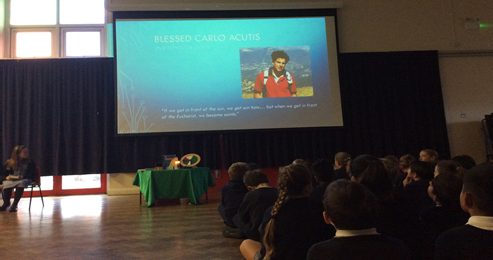
Please find below some examples of the blog posts that the children created as part of their first mission in October 2024 to write a blog on DB Primary about the life of Blessed Carlo Acutis:
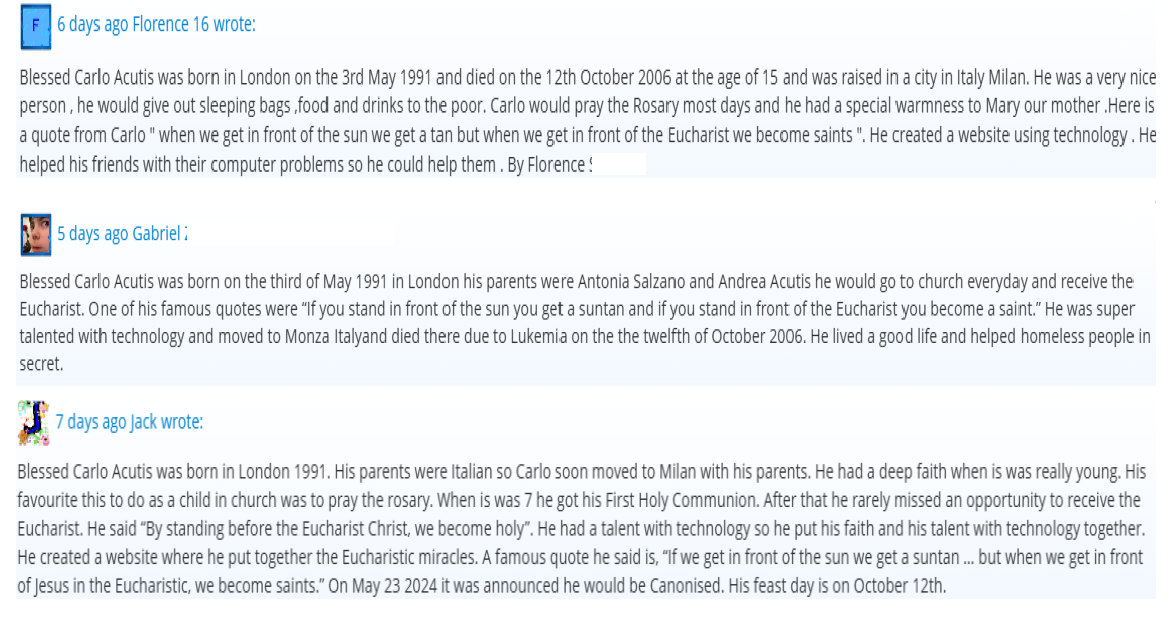
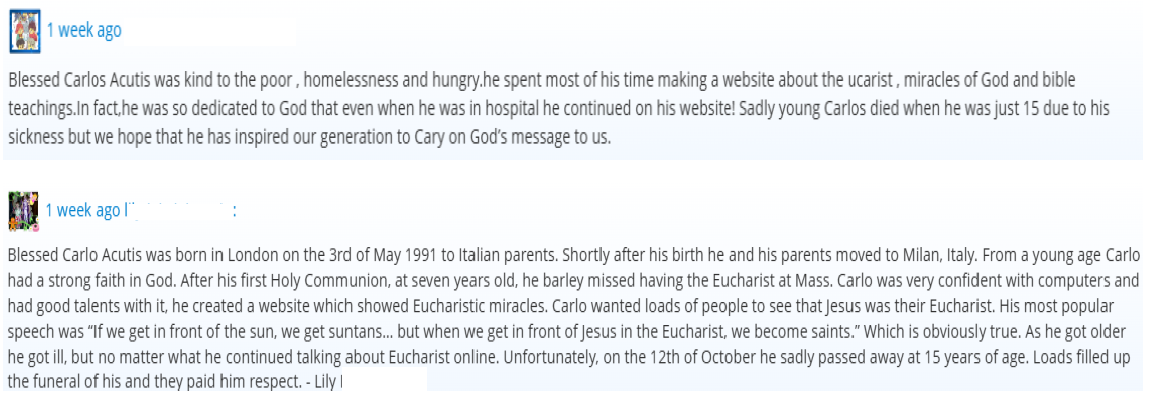

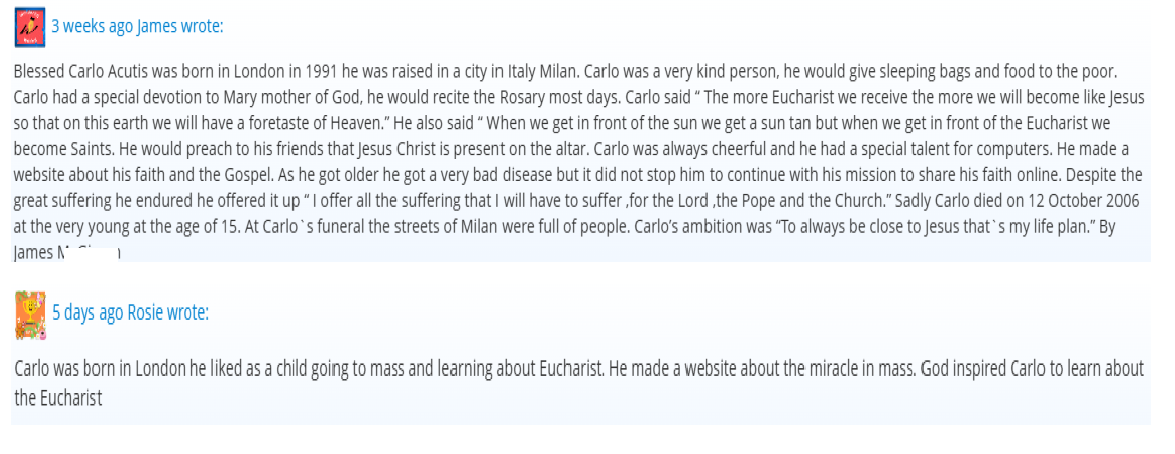
Thank you, our Digital Apostles! We look forward to sharing the next mission with you soon.
